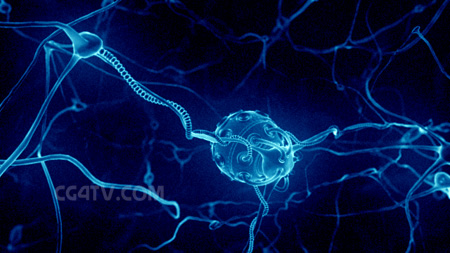Friday, October 15, 2010
Friday, July 11, 2008
Wednesday, June 25, 2008
Information flow
The map shows objects in green and storage areas in beige.
 You can easily see where input originates (can be something you find online, an email or a random thought). Information you find can be saved, bookmarked or labelled. Bookmarks and labels have a similar purpose, but usually are realised as distinct features in most browsers.
There is also a History section (top-right), which is ongoing recording of your life/activities (digital immortality). It includes things like photo galleries and (for more advanced users)recordings by ActualSpy or a similar app.
When useful material is saved, it goes into a reference system, which to be usable needs to handle any type of data, but also provide at least tagging. Existing PIMs like WinOrganizer are heavy and usually don't support tagging properly. They also insist on moving everything into their storage system which makes adopting them a somewhat difficult decision.
On the other hand is a knowledge base system, which exists for the purpose of organising knowledge and ideas. It can take form of a set of mind maps (or possibly another technology, like a tag cloud).
Knowledge base integrates bookmarks, reference items, projects, actions and pretty much everything. Eventually (not shown here) thoughts may occur based on the knowledge there and a project will be initiated.
The core of the system is the GTD process, which is implemented quite well in ThinkingRock. The most complicated part is the reference. I think that's where most value may come from, but it's also the most difficult part technologically. For some reason, only Mac OS X applications like Notae exist that support tagging of notes.
You can easily see where input originates (can be something you find online, an email or a random thought). Information you find can be saved, bookmarked or labelled. Bookmarks and labels have a similar purpose, but usually are realised as distinct features in most browsers.
There is also a History section (top-right), which is ongoing recording of your life/activities (digital immortality). It includes things like photo galleries and (for more advanced users)recordings by ActualSpy or a similar app.
When useful material is saved, it goes into a reference system, which to be usable needs to handle any type of data, but also provide at least tagging. Existing PIMs like WinOrganizer are heavy and usually don't support tagging properly. They also insist on moving everything into their storage system which makes adopting them a somewhat difficult decision.
On the other hand is a knowledge base system, which exists for the purpose of organising knowledge and ideas. It can take form of a set of mind maps (or possibly another technology, like a tag cloud).
Knowledge base integrates bookmarks, reference items, projects, actions and pretty much everything. Eventually (not shown here) thoughts may occur based on the knowledge there and a project will be initiated.
The core of the system is the GTD process, which is implemented quite well in ThinkingRock. The most complicated part is the reference. I think that's where most value may come from, but it's also the most difficult part technologically. For some reason, only Mac OS X applications like Notae exist that support tagging of notes.
Tuesday, May 22, 2007
Totalitarian nano-control
Thursday, May 17, 2007
Singularity
He-he. :) Usually I found most of what Michael Anissimov wrote insightful and interesting. But this post about the Singularity is utter nonsense. Uncofortable with its unpredictability he tried to make a case that human values could survive through it. :)
If I were the first superintelligence, I can tell you what I would do. I would rationally evaluate every aspect of my personality, improving it using Pareto optimisation and stronger forms of optimisation. I would develop and install powerful decision making subroutines that would ensure every decision I make is as close to optimal as possible. I would use these subroutines to evolve rapidly.
There is no single human value that I expect to keep. Books are of no use to superintelligence. Love and sex are something many of us already want to get rid of, a dark vestige of our evolutionary past. Games are inferior forms of Monte-Carlo simulations and evolutionary algorithms. Work will no longer be needed, thought alone would accomplish everything I might ever need. And the food I would need would be measured in ergs, not in calories...
The Singularity is not unpredictable. One thing we can certainly be sure of - change. Lots and lots of it. That's what you can expect after the Singularity.
Wednesday, December 27, 2006
Supertechnology areas - a concept map
How computers (the basis for modern science and technology) are related to immortality (the ultimate goal - one of them)? That's how:
The relationships are top-down. Map done with CMAP Tools.
P.S. This is called a concept map and is a proven effective congnitive tool for knowledge representation (descriptive knowledge - for algorithmic knowledge we have DRAKON).
Supertechnology areas - a concept map
How computers (the basis for modern science and technology) are related to immortality (the ultimate goal - one of them)? That's how:
The relationships are top-down. Map done with CMAP Tools.
P.S. This is called a concept map and is a proven effective congnitive tool for knowledge representation (descriptive knowledge - for algorithmic knowledge we have DRAKON).
Saturday, November 04, 2006
Nanotech images
Some nanobots, DNA and a virus from Dutch transhumanist Philippe van Nedervelde and his e-spaces 3D graphics studio. BTW, many materials there have been created for Technocalyps, a 3-part documentary on transhumanism released in 1999 (!).



